1.1 Risk and the Need for Safety Targets
1.2 Quantitative and Qualitative Safety Targets
1.3 The Life-cycle Approach
7.1 of Part 1
Concept and scope [Part 1 – 7.2 and 7.3]
Hazard and risk analysis [Part 1 – 7.4]
Safety requirements and allocation [Part 1 – 7.5 and 7.6]
Plan operations and maintenance [Part 1 – 7.7]
Install and commission [Part 1 – 7.13]
Validate that the safety-systems meet the requirements [Part 1 – 7.14]
Operate, maintain, and repair [Part 1 – 7.15]
Control modifications [Part 1 – 7.16]
Disposal [Part 1 – 7.17]
Verification [Part 1 – 7.18]
Functional safety assessments [Part 1 – 8]
1.4 Steps in the Assessment Process
Step 1. Establish Functional Safety Capability �椀⸀攀⸀ 䴀愀渀愀最攀洀攀渀琀
Step 2. Establish a Risk Target
Step 3. Identify the Safety Related Function�猀
Step 4. Establish SILs for the Safety-related Elements
Step 5. Quantitative Assessment of the Safety-related System
Step 6. Qualitative Assessment Against the Target SILs
Step 7. Establish ALARP
1.5 Costs
1.5.1 Costs of Applying the Standard
1.5.2 Savings From Implementing the Standard
1.5.3 Penalty Costs From Not Implementing the Standard
1.6 The Seven Parts of IEC 61508
2.1 Establishing Integrity Targets
2.1.1 The Quantitative Approach
�愀 Maximum tolerable risk
More complex example
�搀 Exercises
2.1.2 LOPA �䰀攀瘀攀氀猀 漀昀 倀爀漀琀攀挀琀椀漀渀 䄀渀愀氀礀猀椀猀
2.1.3 The Risk Graph Approach
2.1.4 Safety Functions
2.1.5 “Not Safety-Related”
2.1.6 SIL 4
2.1.7 Environment and Loss of Production
2.1.8 Malevolence and Misuse
Paragraph 7.4.2.3 of part 1 of the standard
2.2 ALARP ᰀ䄀猀 氀漀眀 愀猀 刀攀愀猀漀渀愀戀氀礀 倀爀愀挀琀椀挀愀戀氀攠ᴀ
2.3 Functional Safety Management and Competence
2.3.1 Functional Safety Capability Assessment
2.3.2 Competency
�愀 IET/BCS “Competency guidelines for safety-related systems practitioners”
�戀 HSE document �㈀ 㜀 “Managing competence for safety-related systems”
�挀 Annex D of “Guide to the application of IEC61511”
IEC 61508 Part 1
3.1 Organizing and Managing the Life-cycle
Sections 7.1 of the Standard: Table ‘1’
3.2 Requirements Involving the Specification
7.2 of the Standard: Table B1 [avoidance]
3.3 Requirements for Design and Development
�愀 Claim via SFF �欀渀漀眀渀Ⰰ 椀渀 琀栀攀 匀琀愀渀搀愀爀搀Ⰰ 愀猀 刀漀甀琀攀 䠀
�戀 Claim via field failure data �㜀⸀㐀⸀㐀⸀㈀ 漀昀 倀愀爀琀 ㈀ �欀渀漀眀渀Ⰰ 椀渀 琀栀攀 匀琀愀渀搀愀爀搀Ⰰ 愀猀 刀漀甀琀攀 ㈀䠀
3.3.3 Random Hardware Failures
7.4.5
3.4 Integration and Test �刀攀昀攀爀爀攀搀 琀漀 愀猀 嘀攀爀椀昀椀挀愀琀椀漀渀
7.5 and 7.9 of the Standard Table B3 [avoidance]
3.5 Operations and Maintenance
7.6 Table B4 [Avoidance]
3.6 Validation �䴀攀愀渀椀渀最 伀瘀攀爀愀氀氀 䄀挀挀攀瀀琀愀渀挀攀 吀攀猀琀 愀渀搀 琀栀攀 䌀氀漀猀攀 伀甀琀ⴀ漀昀 䄀挀琀椀漀渀猀
7.3 and 7.7: Table B5
3.7 Safety Manuals
7.4.9.3–7 and App D
3.8 Modifications
7.8
3.9 Acquired Sub-systems
3.10 “Proven in Use” �刀攀昀攀爀爀攀搀 琀漀 愀猀 刀漀甀琀攀 ㈀猀 椀渀 琀栀攀 匀琀愀渀搀愀爀搀
3.11 ASICs and CPU Chips
�愀 Digital ASICS and User Programmable ICs
7.4.6.7 and Annex F of the Standard
�戀 Digital ICs With On-chip Redundancy �甀瀀 琀漀 匀䤀䰀 ㌀
3.12 Conformance Demonstration Template
IEC 61508 PART 2
4.1 Organizing and Managing the Software Engineering
4.1.1 Section 7.1 and Annex G of the Standard Table ‘1’
4.2 Requirements Involving the Specification
7.2 of the Standard: Table A1
4.3 Requirements for Design and Development
4.4 Integration and Test �刀攀昀攀爀爀攀搀 琀漀 愀猀 嘀攀爀椀昀椀挀愀琀椀漀渀
Paragraphs 7.4.7, 7.4.8, Tables A5, B2, B3, B6, B8
4.4.2 Overall Integration Testing
Paragraph 7.5, Table A6
4.5 Validation �䴀攀愀渀椀渀最 伀瘀攀爀愀氀氀 䄀挀挀攀瀀琀愀渀挀攀 吀攀猀琀 愀渀搀 䌀氀漀猀攀 伀甀琀 漀昀 䄀挀琀椀漀渀猀
Paragraphs 7.3, 7.7, 7.9, Table A7
4.6 Safety Manuals
�䄀渀渀攀砀 䐀
4.7 Modifications
Paragraph 7.6, 7.8, Table A 8 and B9
4.8 Alternative Techniques and Procedures
4.9 Data Driven Systems
4.9.1 Limited Variability Configuration, Limited Application Configurability
4.9.2 Limited Variability Configuration, Full Application Configurability
4.9.3 Limited Variability Programming, Limited Application Configurability
4.9.4 Limited Variability Programming, Full Application Configurability
4.10 Some Technical Comments
4.10.1 Static Analysis
4.10.2 Use of “Formal” Methods
4.11 Conformance Demonstration Template
Failure Rate and Unavailability
Creating a Reliability Model
Block Diagram Analysis
Common Cause Failure �䌀䌀䘀
�愀 Categories of factors
�戀 Scoring
�挀 Taking account of diagnostic coverage
�搀 Sub-dividing the checklists according to the effect of diagnostics
�攀 Establishing a model
�昀 Non-linearity
�最 Equipment type
�栀 Calibration
1 out of 6
5 out of 6
Fault Tree Analaysis
Taking Account of Auto-test
Human Factors
Addressing Human Factors
Human Error Rates
“HEART” method
“TESEO” method
A Rigorous Approach
Chapter 6 - Failure Rate and Mode Data
Data Accuracy
Sources of Data
Electronic Failure Rates
Other General Data Collections
Some Older Sources
Manufacturer's Data
Anecdotal Data
Data Ranges and Confidence Levels
For a Prediction Using Site Specific Data
For a Prediction Using Industry Specific Data
For a Prediction Using Generic Data
Conclusions
Now try the exercise and the example, which are Chapters 11 and 12.
Chapter 7 -
Demonstrating and Certifying Conformance
Demonstrating Conformance
The Current Framework for Certification
Self Certification �䤀渀挀氀甀搀椀渀最 匀漀洀攀 䤀渀搀攀瀀攀渀搀攀渀琀 䄀猀猀攀猀猀洀攀渀琀
Showing Functional Safety Capability �䘀匀䴀 as Part of the Quality Management System
Application of IEC 61508 to Projects/Products
Rigor of Assessment
Independence
Preparing for Assessment
Summary
8 -
Second-tier Documents – Process, Oil and Gas Industries
8.1 IEC International Standard 61511: Functional Safety – Safety Instrumented Systems for the Process Industry Sector
8.1.1 Organizing and Managing the Life-cycle
8.1.2 Requirements Involving the Specification
8.1.3 Requirements for Design and Development
�愀 Selection of components and subsystems
�戀 Architecture �椀⸀攀⸀ 猀愀昀攀 昀愀椀氀甀爀攀 昀爀愀挀琀椀漀渀
�挀 Predict the random hardware failures
�搀 Software
�椀 Requirements
�椀椀 Software library modules
�椀椀椀 Software design specification
�椀瘀 Code
�瘀 Programming support tools
8.1.4 Integration and Test �刀攀昀攀爀爀攀搀 琀漀 愀猀 嘀攀爀椀昀椀挀愀琀椀漀渀
8.1.5 Validation �䴀攀愀渀椀渀最 伀瘀攀爀愀氀氀 䄀挀挀攀瀀琀愀渀挀攀 吀攀猀琀 愀渀搀 䌀氀漀猀攀ⴀ漀甀琀 漀昀 䄀挀琀椀漀渀猀
8.1.6 Modifications
8.1.7 Installation and Commissioning
8.1.8 Operations and Maintenance
8.1.9 Conformance Demonstration Template
8.2 Institution of Gas Engineers and Managers IGEM/SR/15: Programmable Equipment in Safety-related Applications – 5th Edition 2010
8.3 Guide to the Application of IEC 61511 to Safety Instrumented Systems in the UK Process Industries
8.4 ANSI/ISA-84.00.01 �㈀ 㐀 – Functional Safety, Instrumented Systems for the Process Sector
8.5 Recommended Guidelines for the Application of IEC 61508 and IEC 61511 in the Petroleum Activities on the Norwegian Continen ...
9 -
Machinery Sector
9.1 EN ISO 14121
9.2 EN ISO 13849
The Assessment
9.2.1 Systematic Failures
9.3 BS EN 62061
9.3.1 Targets
9.3.2 Design
Rail
European Standard EN 50126: Railway Applications – The Specification and Demonstration of Dependability, Reliability, Maint ...
EN 50126, EN 50128 and EN 50129
Engineering Safety Management �欀渀漀眀渀 愀猀 吀栀攀 夀攀氀氀漀眀 䈀漀漀欀 – Issue 4.0 2005
Railway safety case
Engineering safety case
UK MOD Documents
Defence Standard 00-56 �䤀猀猀甀攀 㐀⸀ : Hazard Management for Defence Systems
Earth Moving Machinery
EN 474: Earth Moving Machinery – Safety
C Coding Standard �䴀䤀匀刀䄀†ጀ 䴀漀琀漀爀 䤀渀搀甀猀琀爀椀攀猀 刀攀猀攀愀爀挀栀 䄀猀猀漀挀椀愀琀椀漀渀 – Development Guidelines for Vehicle Based Programmable S ...
Automotive
MISRA �䴀漀琀漀爀 䤀渀搀甀猀琀爀礀 匀漀昀琀眀愀爀攀 刀攀氀椀愀戀椀氀椀琀礀 䄀猀猀漀挀椀愀琀椀漀渀, 2007: Guidelines for Safety Analysis of Vehicle Based Software
ISO/DIS 25119: Tractors and Machinery for Agriculture
IEC International Standard 61513: Nuclear Power Plants – Instrumentation and Control for Systems Important to Safety – Gene ...
Avionics
RTCA DO-178B/�䔀唀刀伀䌀䄀䔀 䔀䐀ⴀ㈀䈀: Software Considerations in Airborne Systems and Equipment Certification
RTCA/DO-254: Design Assurance Guidance for Airborne Electronic Hardware
Medical – IEC 60601: Medical Electrical Equipment, General Requirements for Basic Safety and Essential Performance
Stage and Theatrical Equipment
SR CWA 15902-1:2009 Lifting and Load-bearing Equipment for Stages and other Production Areas within the Entertainment Industry
Electrical Power Drives
BS EN 61800-5-2:2007 Adjustable Speed Electrical Power Drive Systems
Documents which are now Withdrawn
UKOOA: Guidelines for Process Control and Safety Systems on Offshore Installations
EEMUA Guidelines, Publication No 160: Safety-related Instrument Systems for the Process Industry �䤀渀挀氀甀搀椀渀最 倀爀漀最爀愀洀洀愀戀氀攀 䔀氀 ⸀⸀�
IEE Publication, SEMSPLC, 1996: Safety-related Application Software for Programmable Logic Controllers
MOD Standard 00-54: Requirements for Safety-related Electronic Hardware in Defense Equipment
MOD Standard 00-55: The Procurement of Safety Critical Software in Defense Equipment
MOD Standard 00-58: A Guideline for HAZOP Studies on Systems which Include Programmable Electronic Systems
Instrumentation Systems and Automation Society S84.01, 1996: Application of Safety Instrumented Systems for the Process Ind ...
Chapter 11 - Pressure Control System Exercise
The Unprotected System
Protection System
Assumptions
Reliability Block Diagram
Failure Rate Data
Quantifying the Model
Proposed Design and Maintenance Modifications
Modeling Common Cause Failure �倀爀攀猀猀甀爀攀 吀爀愀渀猀洀椀琀琀攀爀猀
Quantifying the Revised Model
ALARP
Architectural Constraints
Executive Summary and Recommendations
Objectives
Targets
Results
Recommendations
Objectives
Integrity Requirements
Assumptions
Specific
General
Results
Random Hardware Failures
Qualitative Requirements
Requirements
Design and language
Fault tolerance
Documentation and change control
Design review
Test �愀瀀瀀氀椀攀猀 琀漀 戀漀琀栀 栀愀爀搀眀愀爀攀 愀渀搀 猀漀昀琀眀愀爀攀
Integrity assessment
Quality, safety and management
Installation and commissioning
ALARP
Failure Rate Data
References
Annex I Fault tree details
Chapter 13 - SIL Targeting ? Some Practical Examples
A Problem Involving EUC/SRS Independence
A Hand-held Alarm Intercom, Involving Human Error in the Mitigation
Maximum Tolerable Failure Rate Involving Alternative Propagations to Fatality
Concentration of Gas on Site
Spread of Gas to Nearby Habitation
Hot/cold Water Mixer Integrity
Scenario Involving High Temperature Gas to a Vessel
ALARP
Example using the LOPA Technique
Chapter 14 - Hypothetical Rail Train Braking System Example
The Systems
The SIL Targets
Assumptions
Failure Rate Data
Reliability Models
Primary Braking System �䠀椀最栀 䐀攀洀愀渀搀
Emergency Braking System �䰀漀眀 䐀攀洀愀渀搀
Overall Safety Integrity
Chapter 15 - Rotorcraft Accidents and Risk Assessment
Helicopter Incidents
Floatation Equipment Risk Assessment
Assessment of the Scenario
ALARP
Chapter 16 - Hydro-electric Dam and Tidal Gates
Flood-gate Control System
Targets
Assessment
Common cause failures �䌀䌀䘀猀
Assumptions
Failure rates of component parts
Results and conclusions
Spurious Opening of Either of Two Tidal Lock Gates Involving a Trapped Vessel
We shall now address ALARP
Safety Critical Systems Handbook
Copyright
IEC 61508
A Quick Overview
Now read on!
The 2010 Version of IEC 61508
Architectural Constraints Chapter 3
Architectural Constraints �䌀栀愀瀀琀攀爀 ㌀
Security �䌀栀愀瀀琀攀爀 ㈀
Safety Specifications �䌀栀愀瀀琀攀爀 ㌀
Digital Communications �䌀栀愀瀀琀攀爀 ㌀
ASICs and Integrated Circuits �䌀栀愀瀀琀攀爀猀 ㌀ 愀渀搀 㐀
Safety Manual �䌀栀愀瀀琀攀爀猀 ㌀ 愀渀搀 㐀
Synthesis of Elements �䌀栀愀瀀琀攀爀 ㌀
Software Properties of Techniques �䌀栀愀瀀琀攀爀 㐀
Element �䄀瀀瀀攀渀搀椀砀 㠀
Acknowledgements
Part A -
The Concept of Safety Integrity
Part B -
Specific Industry Sectors
Part C Case Studies in the Form of Exercises and Examples
Appendix 1 - Functional Safety Management
Template Procedure
Company Standard xxx Implementation of Functional Safety
Contents
Purpose of document
Scope
Functional safety policy
Quality & safety plan
Competencies
Sample entry in the competency register
Review of requirements and responsibilities
Source of the requirement
Contract or project review
Assigning responsibilities
Functional safety specification
Life-cycle activities
Integrity targeting
Random hardware failures
ALARP �䄀猀 䰀漀眀 䄀猀 刀攀愀猀漀渀愀戀氀礀 倀爀愀挀琀椀挀愀戀氀攀
“Architectures”
Life-cycle activities
Functional safety capability
Audit
Changes
Failures
Placing requirements onto suppliers
Functional safety assessment report
Implementation
Validation
Annex A
Notes on the Second-level Work Instructions 001-008
Appendix 2 - Assessment Schedule
Defining the Assessment and the Safety System
Describing the Hazardous Failure Mode and Safety Targets
Assessing the Random Hardware Failure Integrity of the Proposed Safety-related System
Assessing the Qualitative Integrity of the Proposed Safety-related System
Reporting and Recommendations
Assessing Vendors
Addressing Capability and Competence
Appendix 3 - Betaplus CCF Model, Scoring Criteria
Checklist for Equipment Containing Programmable Electronics
Separation/segregation
Diversity
Complexity/design/application/maturity/experience
Assessment/analysis and feedback of data
Procedures/human interface
Competence/training/safety culture
Environmental control
Environmental testing
Checklist and Scoring for Non-programmable Equipment
Separation/segregation
Diversity
Complexity/design/application/maturity/experience
Assessment/analysis and feedback of data
Procedures/human interface
Competence/training/safety culture
Environmental control
Environmental testing
Assessing Safe Failure Fraction and Diagnostic Coverage
1 Failure Mode and Effect Analysis
2 Rigor of the Approach
Appendix 5 - Answers to Examples
Answer to Exercise 1 �䌀栀愀瀀琀攀爀 ㈀⸀⸀搀
Answer to Exercise 2 �䌀栀愀瀀琀攀爀 ㈀⸀⸀搀
Answer 2.1
Answer 2.2
Answer to Exercise 3 �䌀栀愀瀀琀攀爀 ㈀⸀⸀搀
Answer to Exercise 4 �䌀栀愀瀀琀攀爀 ㈀⸀㈀
Answer to Exercises �䌀栀愀瀀琀攀爀
Protection system
Reliability block diagram
Quantifying the model
Revised diagrams
Quantifying the revised model
ALARP
Architectural constraints
Comments on Example �䌀栀愀瀀琀攀爀 ㈀
Integrity requirements
ALARP
Failure rate data
Other items
Appendix 6 - References
Appendix 7 - Quality and Safety Plan
Responsibilities �戀礀 渀愀洀攀 愀渀搀 洀甀猀琀 戀攀 氀椀猀琀攀搀 椀渀 琀栀攀 挀漀洀瀀愀渀礀 挀漀洀瀀攀琀攀渀挀礀 爀攀最椀猀琀攀爀
Life-cycle Details
Hazard Analysis and Risk Assessment
Items/deliverables to be Called for and Described in Outline
Document Hierarchy
List of Hardware Modules
List of Software Items
Safety Manual
Review Plan
Test Plan
Validation Plan/report
Descriptions of
Appendix 8 - Some Terms and Jargon of IEC 61508
Software packages
FARADIP.THREE �ꌀ㐀㔀
TTREE �ꌀ㜀㜀㔀
Betaplus �ꌀ㈀㔀
Index
















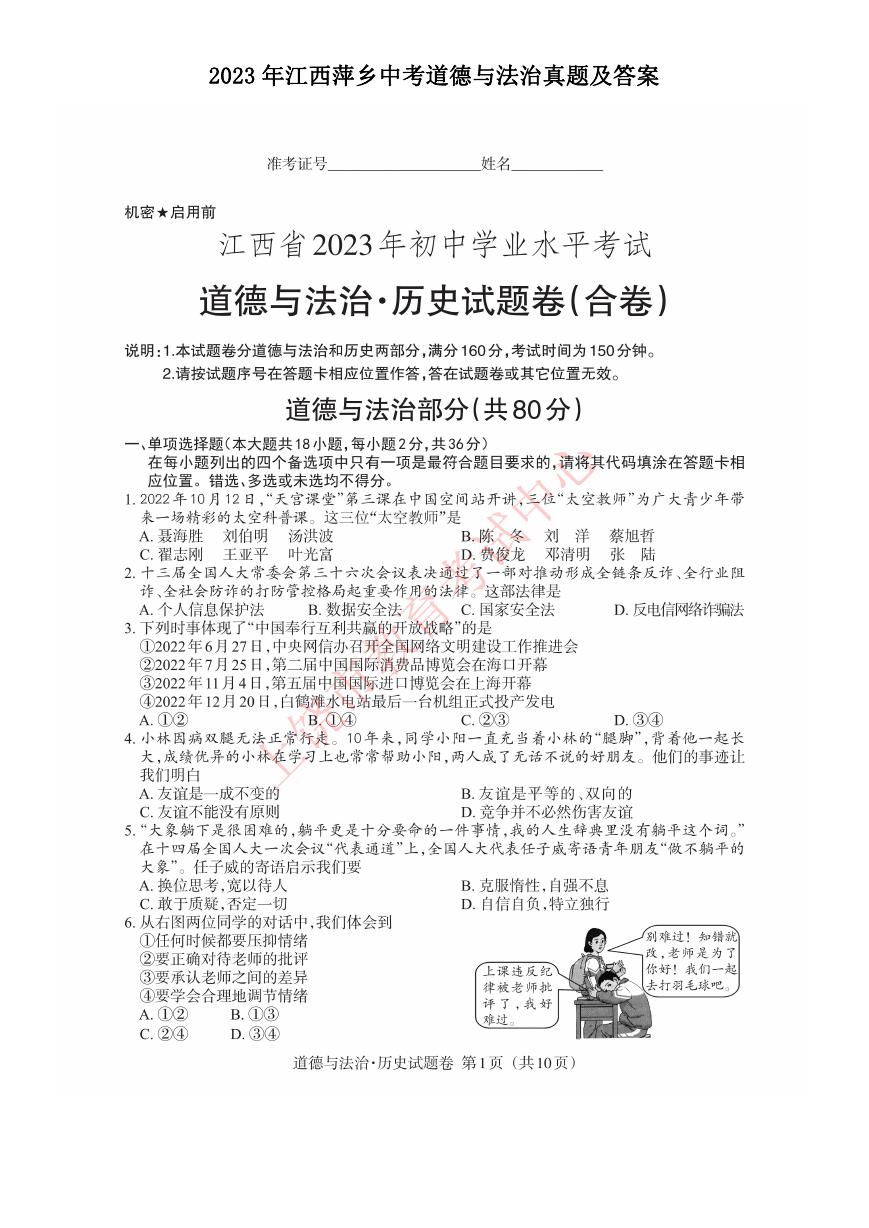 2023年江西萍乡中考道德与法治真题及答案.doc
2023年江西萍乡中考道德与法治真题及答案.doc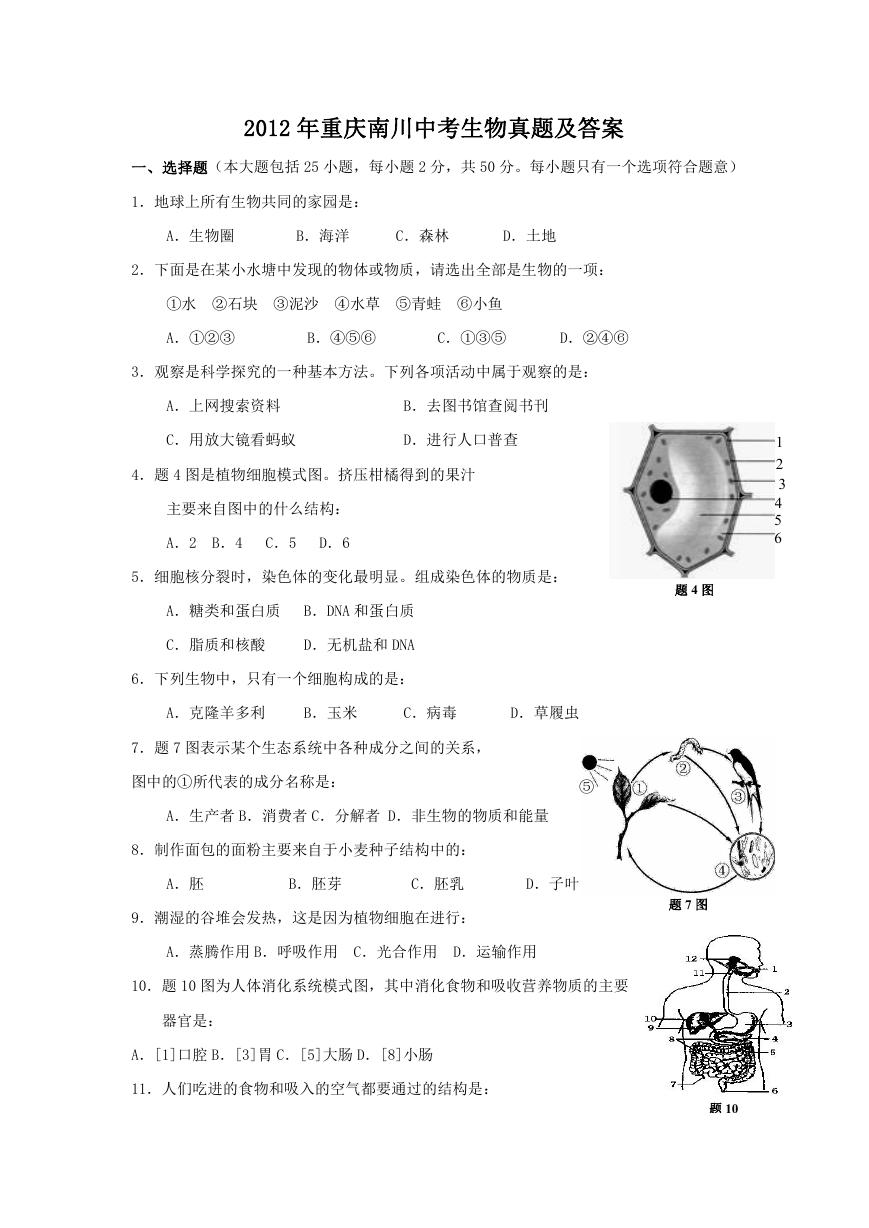 2012年重庆南川中考生物真题及答案.doc
2012年重庆南川中考生物真题及答案.doc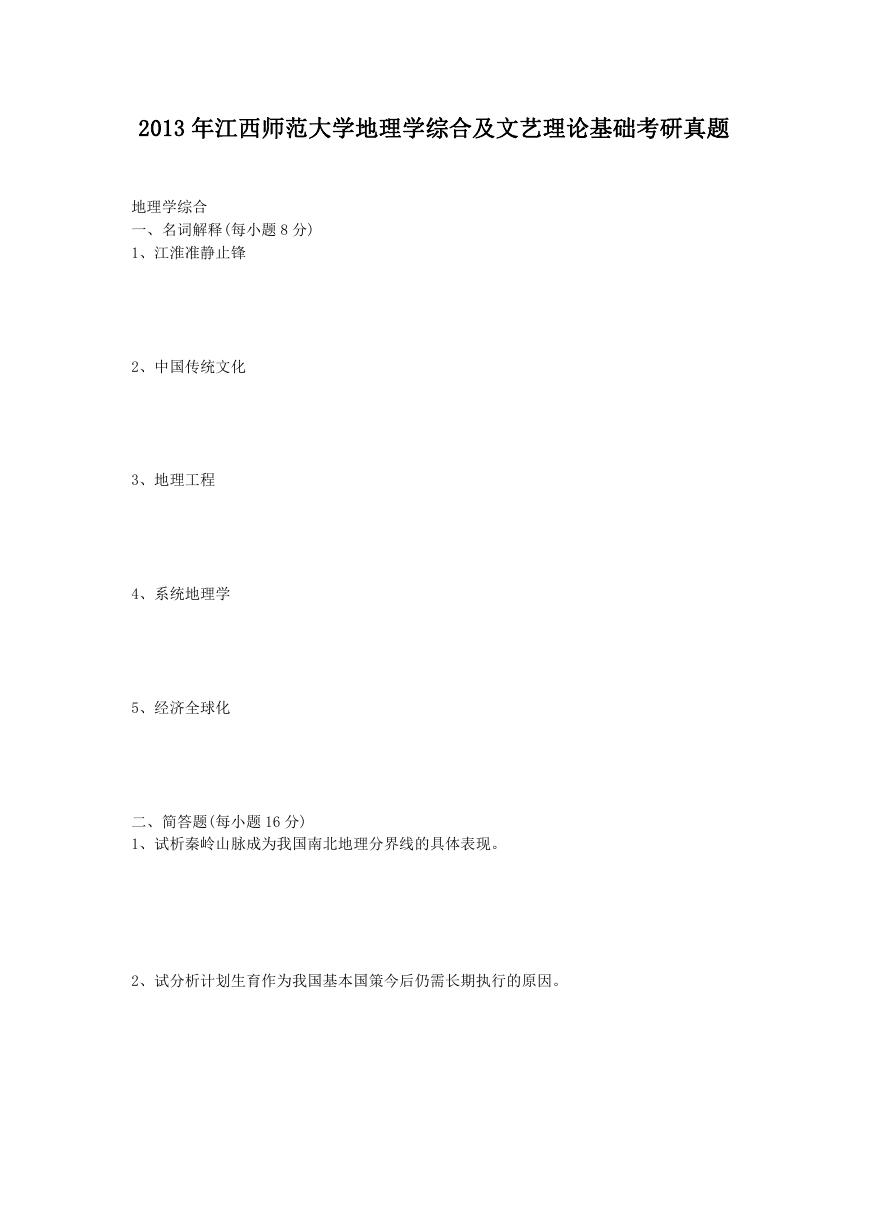 2013年江西师范大学地理学综合及文艺理论基础考研真题.doc
2013年江西师范大学地理学综合及文艺理论基础考研真题.doc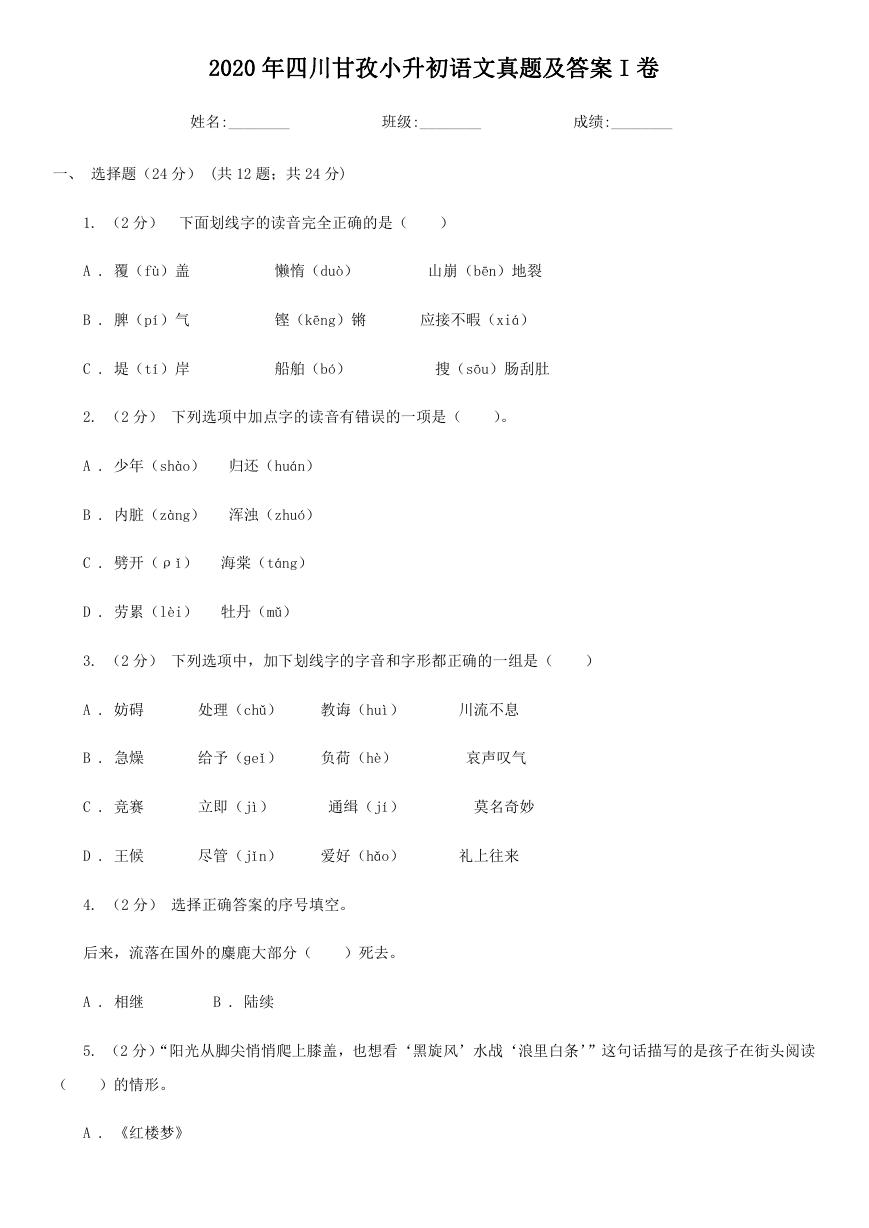 2020年四川甘孜小升初语文真题及答案I卷.doc
2020年四川甘孜小升初语文真题及答案I卷.doc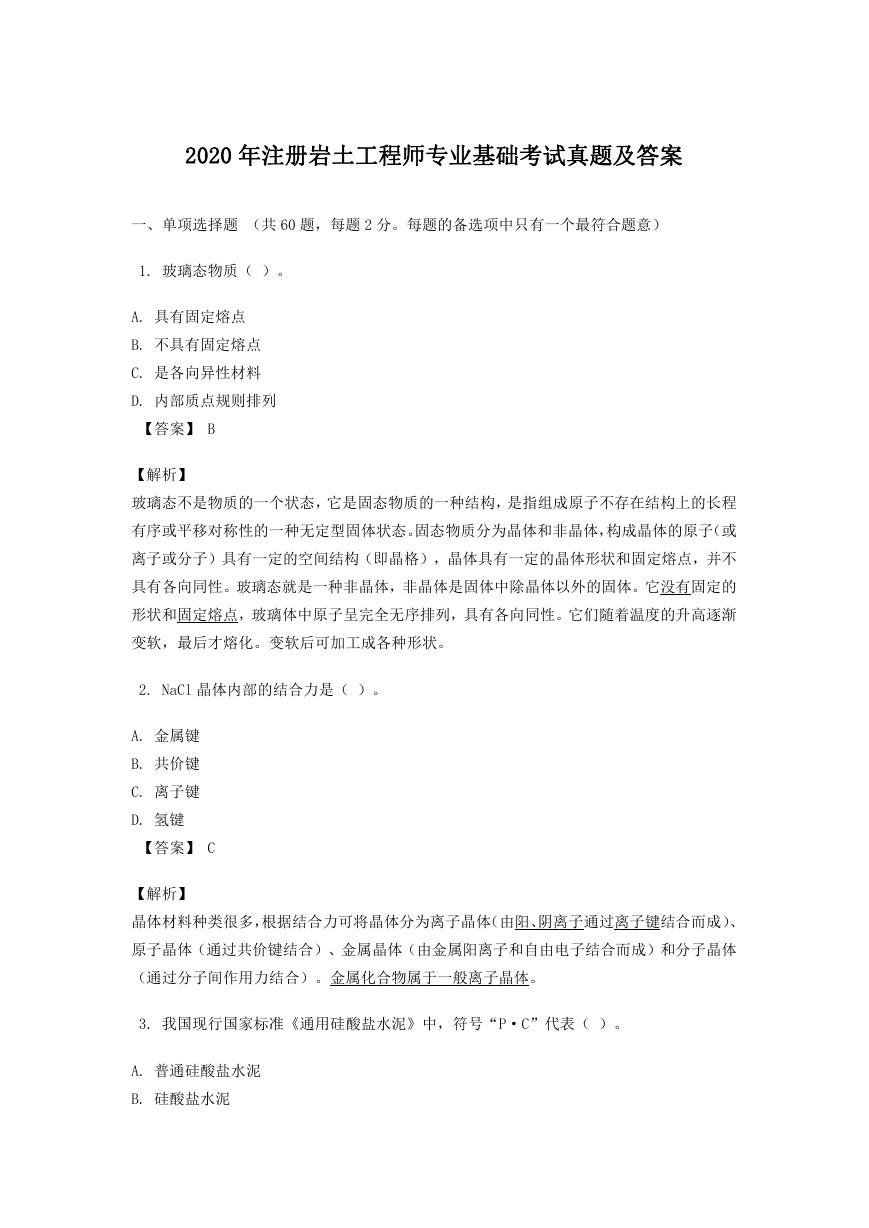 2020年注册岩土工程师专业基础考试真题及答案.doc
2020年注册岩土工程师专业基础考试真题及答案.doc 2023-2024学年福建省厦门市九年级上学期数学月考试题及答案.doc
2023-2024学年福建省厦门市九年级上学期数学月考试题及答案.doc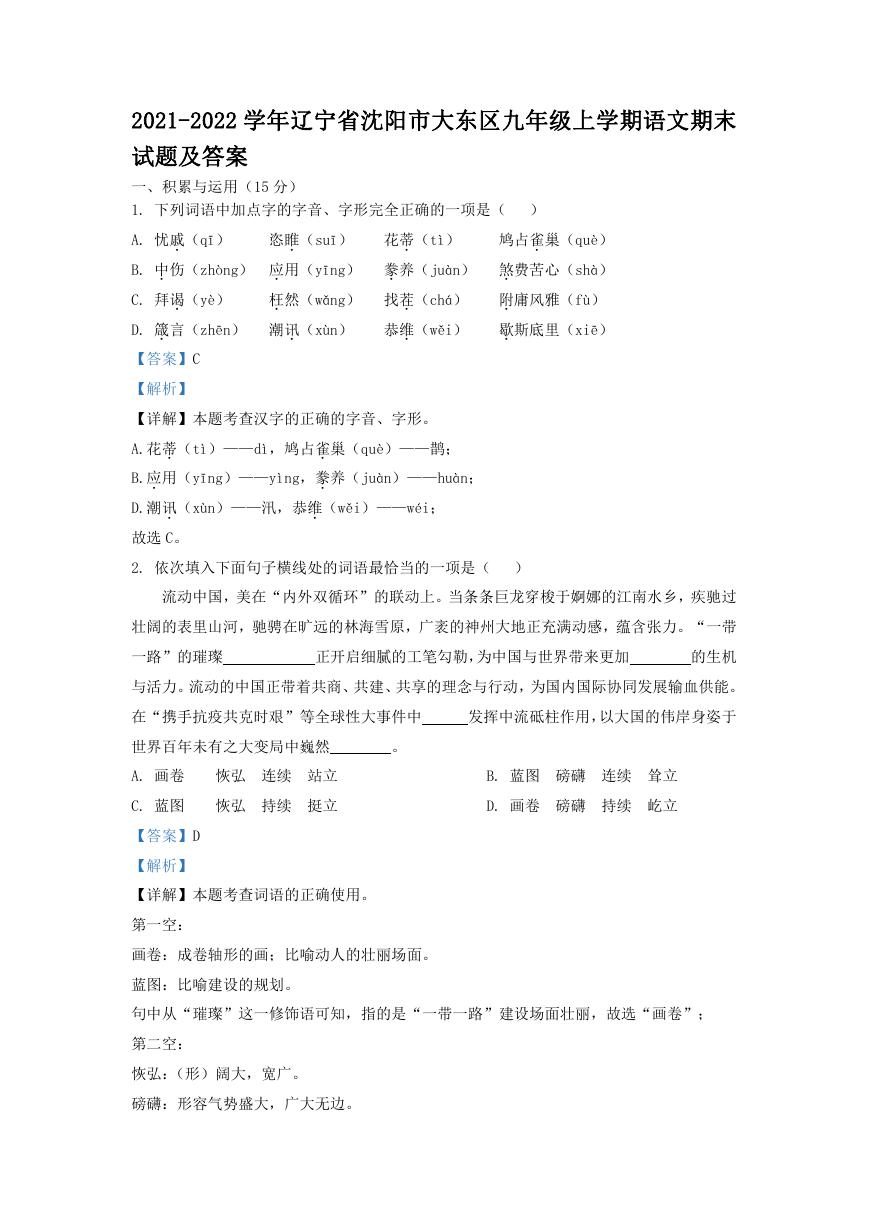 2021-2022学年辽宁省沈阳市大东区九年级上学期语文期末试题及答案.doc
2021-2022学年辽宁省沈阳市大东区九年级上学期语文期末试题及答案.doc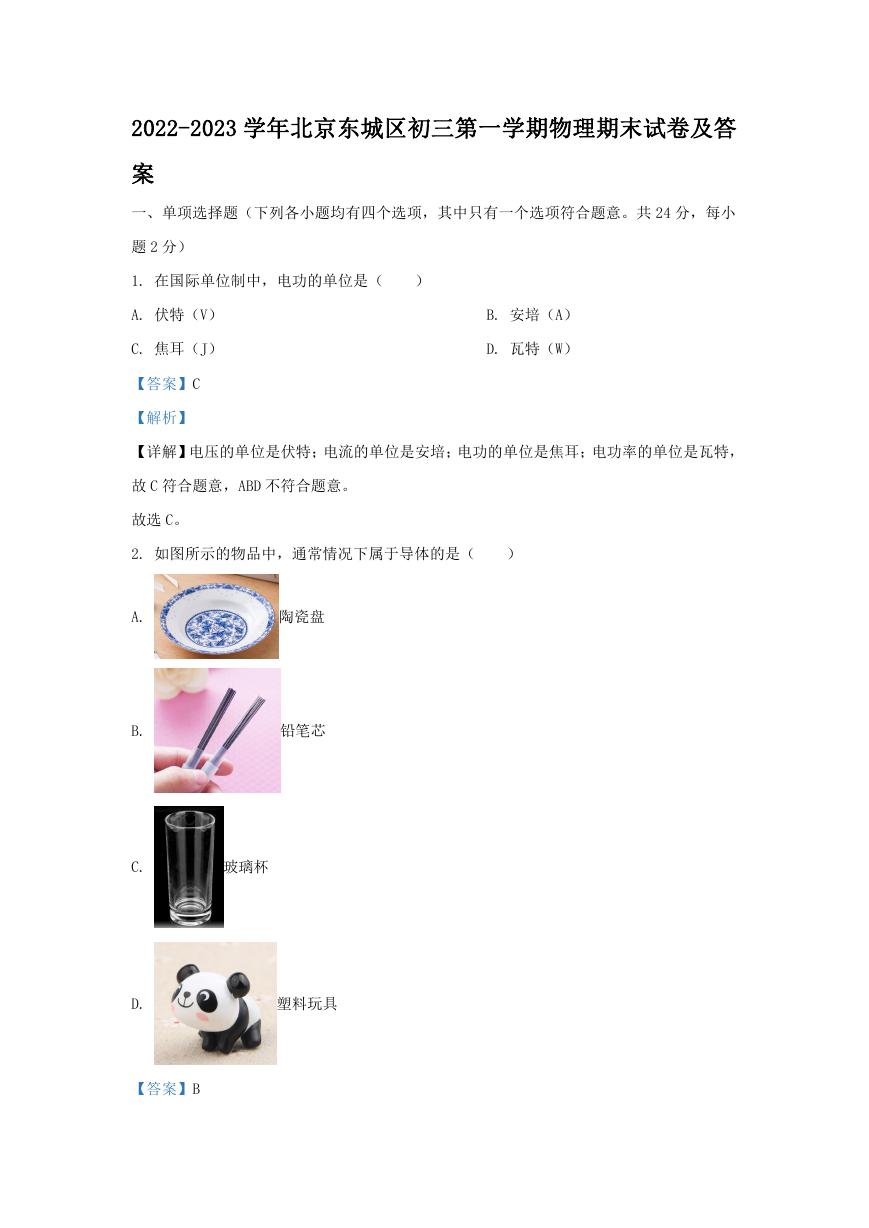 2022-2023学年北京东城区初三第一学期物理期末试卷及答案.doc
2022-2023学年北京东城区初三第一学期物理期末试卷及答案.doc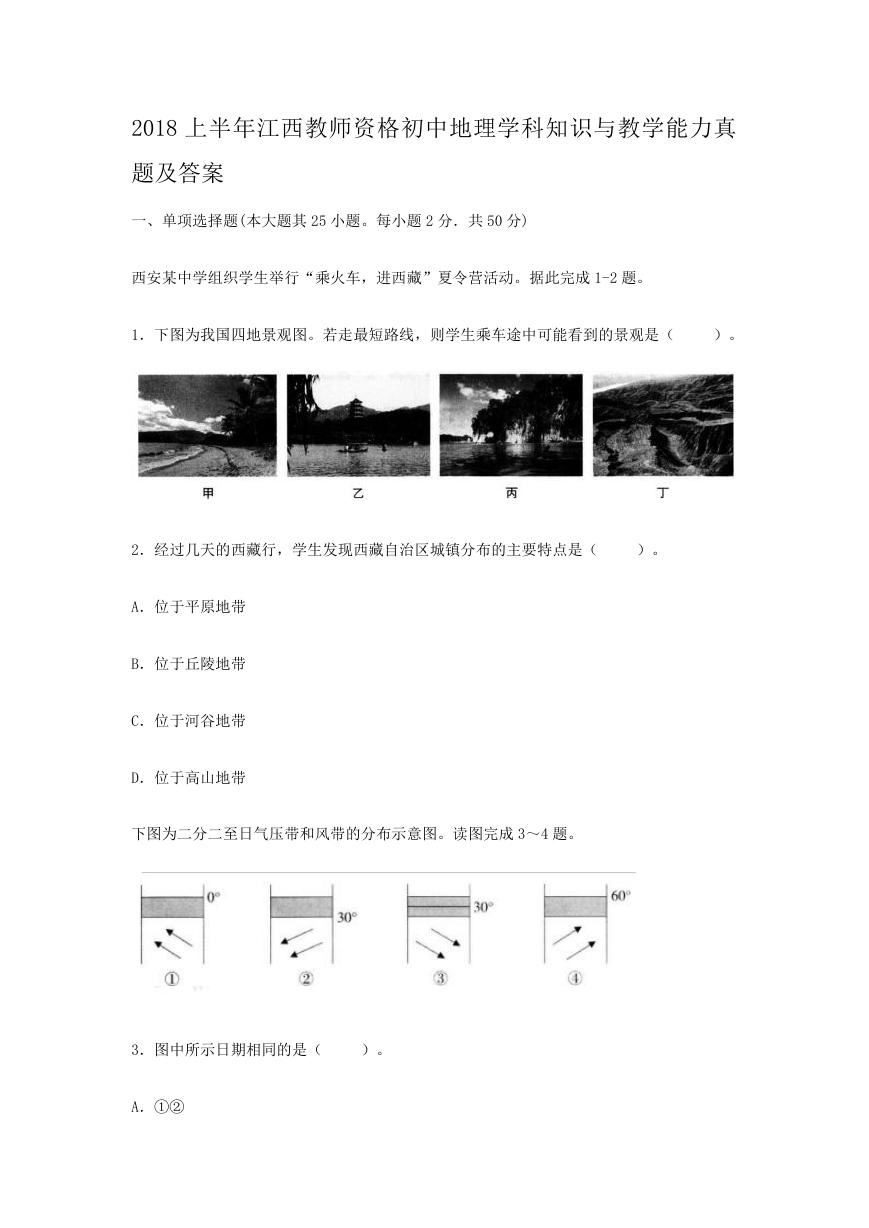 2018上半年江西教师资格初中地理学科知识与教学能力真题及答案.doc
2018上半年江西教师资格初中地理学科知识与教学能力真题及答案.doc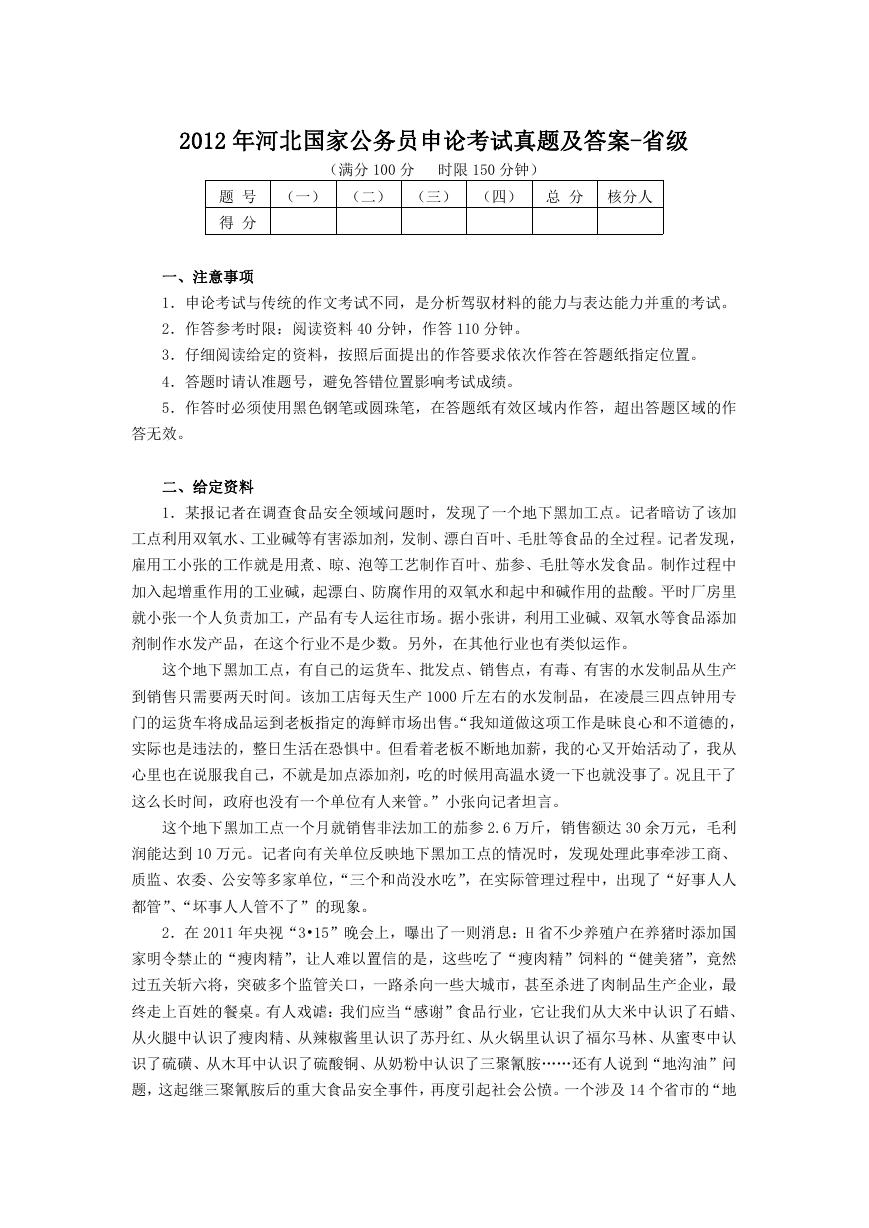 2012年河北国家公务员申论考试真题及答案-省级.doc
2012年河北国家公务员申论考试真题及答案-省级.doc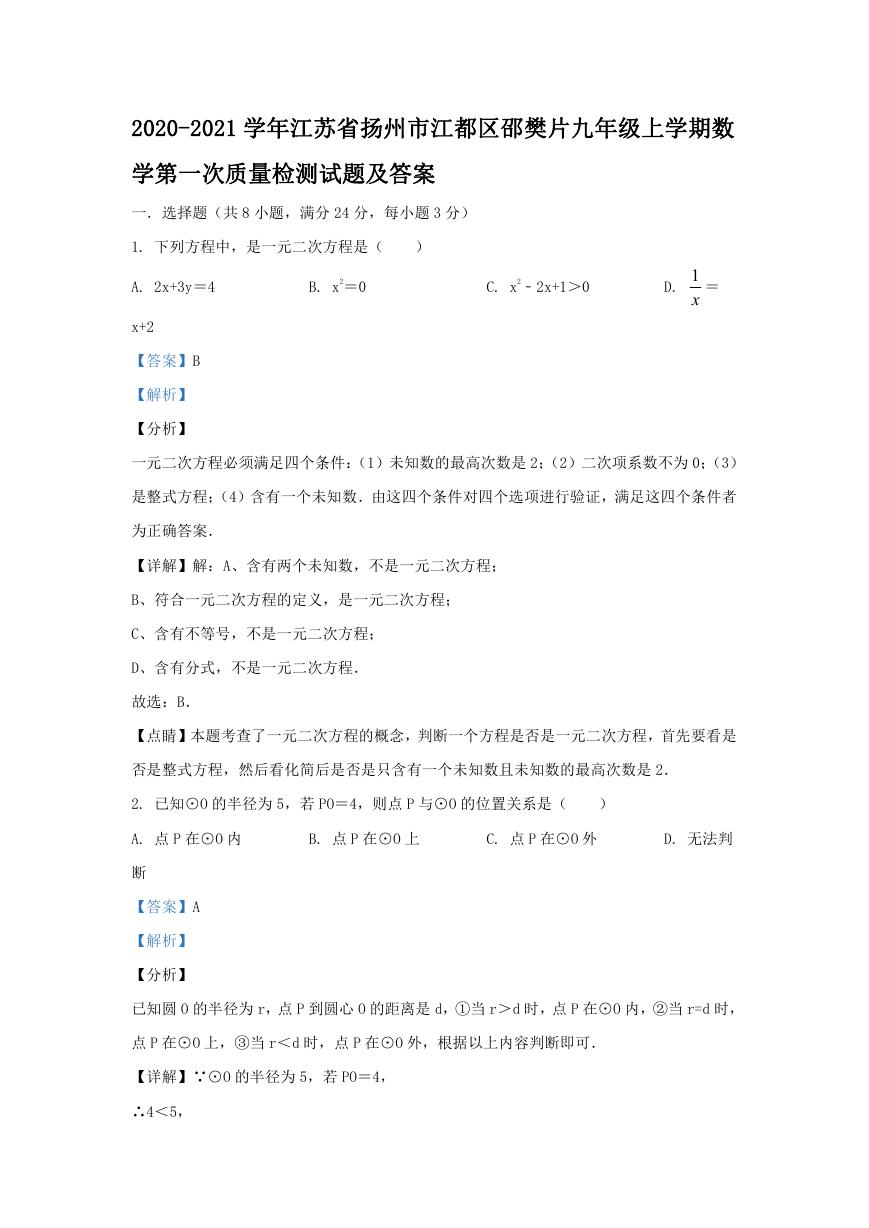 2020-2021学年江苏省扬州市江都区邵樊片九年级上学期数学第一次质量检测试题及答案.doc
2020-2021学年江苏省扬州市江都区邵樊片九年级上学期数学第一次质量检测试题及答案.doc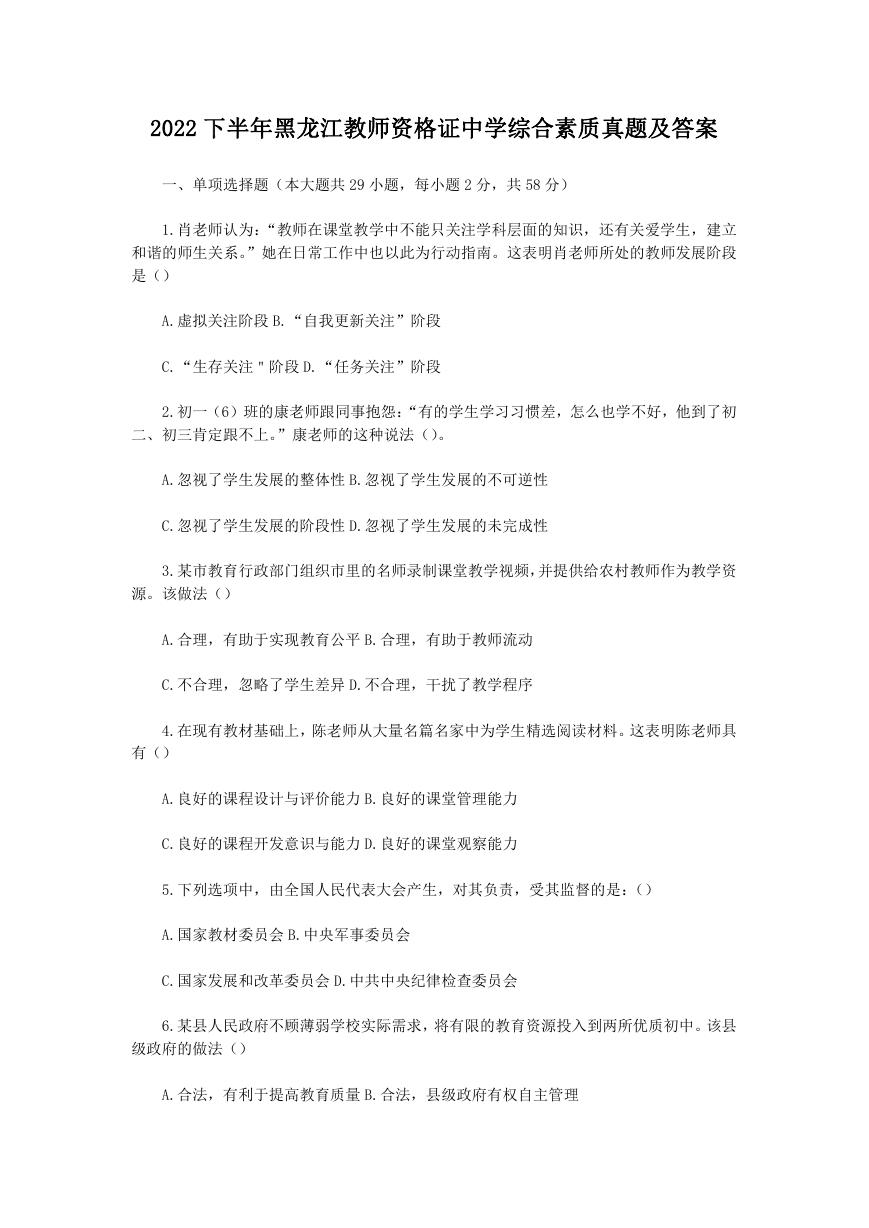 2022下半年黑龙江教师资格证中学综合素质真题及答案.doc
2022下半年黑龙江教师资格证中学综合素质真题及答案.doc